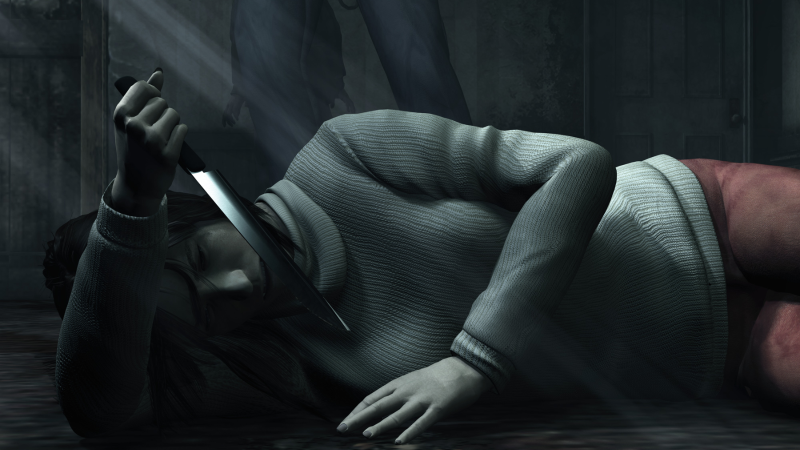James Sunderland is not going to survive this.
By the end of his journey through Silent Hill, everything will be chaos – his mind and even the world around him, a violent cacophony of anguish.
But in the beginning, it’s silent. The kind of quiet that’s deafening, where you hear your pulse in your ears, and every tiny sound becomes the worst thing you can imagine.
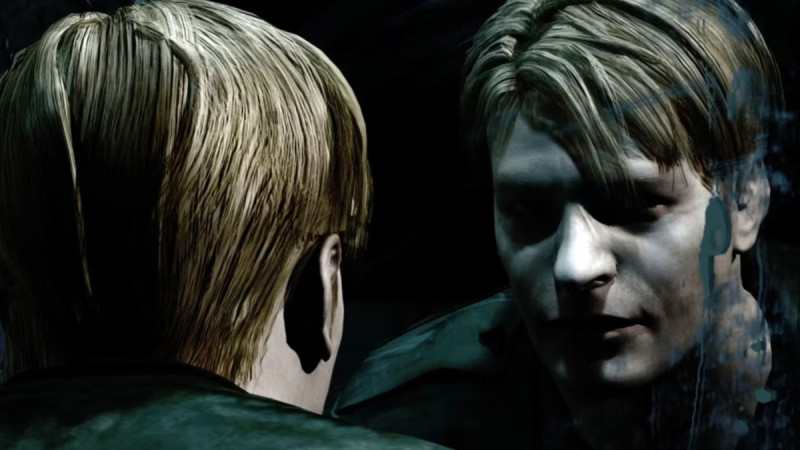
Includes spoilers for Silent Hill 2
The opening hour of Silent Hill 2 is – without question – the scariest thing I have ever played. Which, taken at face value, might seem a bit ridiculous. Your goal is simply to navigate James through a dilapidated apartment building. At most, you’ll face 10 enemies throughout the building’s three floors, but they hardly pose a threat; they’re easily avoided or killed. Gameplay primarily consists of walking up to each door in the building and trying to enter; more often than not, they’re locked. There’s a boss battle at the end, but it’s on a timer; you can just run around until it ends. It’s tedious by design.
And yet, it’s that damn silence that wears on you as a player. The vacuum of sound leaves enough room that you start to imagine hearing things – or worse, the game has random sound effects that mess with you, such as whispers in rooms that may or may not play, depending on your playthrough.
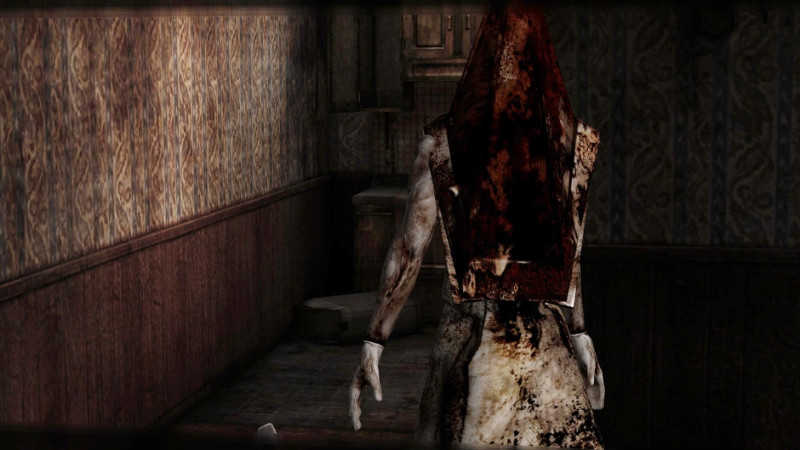
Within this silence, I started to become my worst enemy. James’ footsteps sounded like anvils falling on the wooden floor. I imagined he was walking too loudly. That someone would hear him and come after us – a mechanic that does not actually exist in the game. In the moments Silent Hill 2 decides to break the silence – whether via the game’s score or, heaven forbid, a monster’s footsteps or cry- I was so on edge that I would often pause the game and then work to build up the courage to continue.
Visually, the game plays similar tricks. For one, the apartment is capital-D Dark. You have a flashlight, but beyond that narrow cone of illumination, the rest of the hallways might as well be the endless abyss of outer space. Seeing the faint movements of a monster right beyond the light’s cone of vision, just barely discernable, is enough to make my blood run cold. That this isn’t happening repeatedly – it’s a game with a lot of downtime compared to, say, Resident Evil – makes each time there is something in the dark all the scarier.
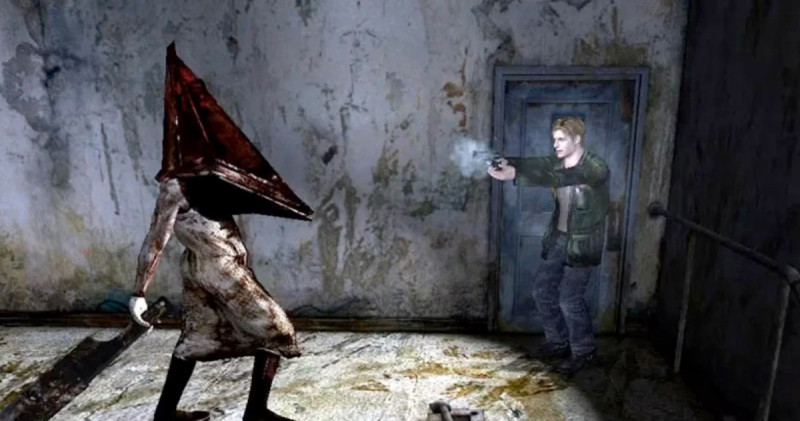
Of course, the apartments are full of very overt, graphic visual scares; for example, Silent Hill mainstay Pyramid Head’s introduction is here. The scene is so horrific that I can’t describe it in a family-friendly magazine. But the normalcy of these apartments is the scariest element of the entire game.
The best way to think about the gameplay in Silent Hill 2 is to understand that it is, in fact, the narrative; the world is a visual representation of James’ mental well-being or lack thereof. By the final third, the world has wholly fractured; the architecture and level layout no longer make sense, as it mirrors James’ guilt.
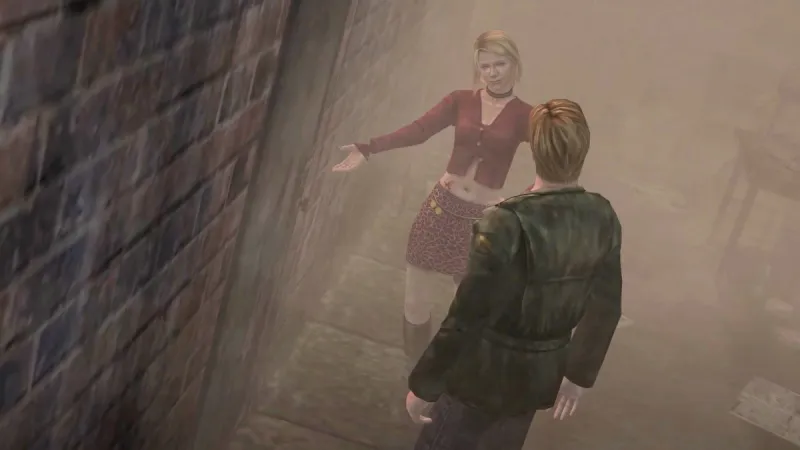
But in the beginning, in these apartments, James is still somewhat oblivious to why he’s in Silent Hill. As such, the apartment layout makes sense. It feels like an apartment building you lived in at some point. Architecturally, there are few surprises. But the lack of humanity makes the whole thing feel wrong.
Let’s return to the silence. Imagine walking down a hallway in any apartment building – what do you hear? Televisions, people talking, the sounds of moving around beyond the doors. You hear life. When you remove those sounds we’re accustomed to, when a place synonymous with being full of people suddenly has its humanity taken away, it no longer makes sense to our brains. You don’t need 100 monsters to make this apartment scary. All you need is the eerie void of humanity. It’s the same reason it’s scary to be inside your work office alone – this space wasn’t built to be empty. And when Silent Hill 2 finally decides to break that silence with an actual scare, your nerves are already so frayed that it barely has to do anything to break you completely.
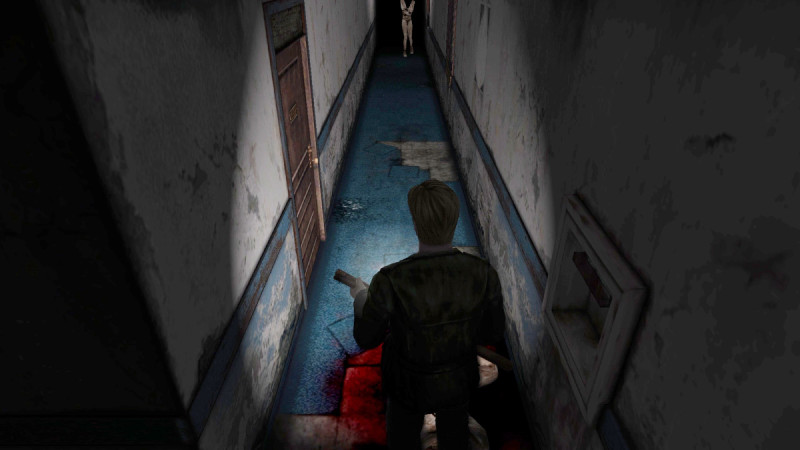
It is, truly, a masterclass of horror, operating on multiple levels to put you, the player, on edge. Most importantly, it’s subtle. Many horror games – Dead Space and Resident Evil are prime examples – operate on excessiveness. That approach is only scary to a point. I’ve always thought the scariest parts of those games were the first 30 minutes and then no moment after. On the contrary, Silent Hill 2 makes you wallow in silence and dread so that by the time it finally breaks in its final third, and the whole thing becomes a cacophonous nightmare, the sound is overwhelming. It never gave you a moment to get used to its scares, so when it turns to excess, you’re not prepared, accustomed, or jaded by it.
Silent Hill 2 is largely inaccessible now – at least through legal means. You can play the HD remaster, but technical issues have caused the fanbase to largely disregard it. Original copies can cost upwards of $150. But I genuinely can’t recommend it enough if you can get your hands on it. There’s truly nothing else like it. Bloober Team, developer of Layers of Fear, The Medium, and so on, is developing a remake. There’s plenty of reason to be wary; the developer has a bad history of handling sensitive stories, and Silent Hill 2 is full of troubling themes that require a cautious hand. Nevertheless, whenever that’s released, hopefully, it can give new players a glimpse of the original’s horror.
Just don’t lose yourself in the silence.
This article originally appeared in Issue 360 of Game Informer

